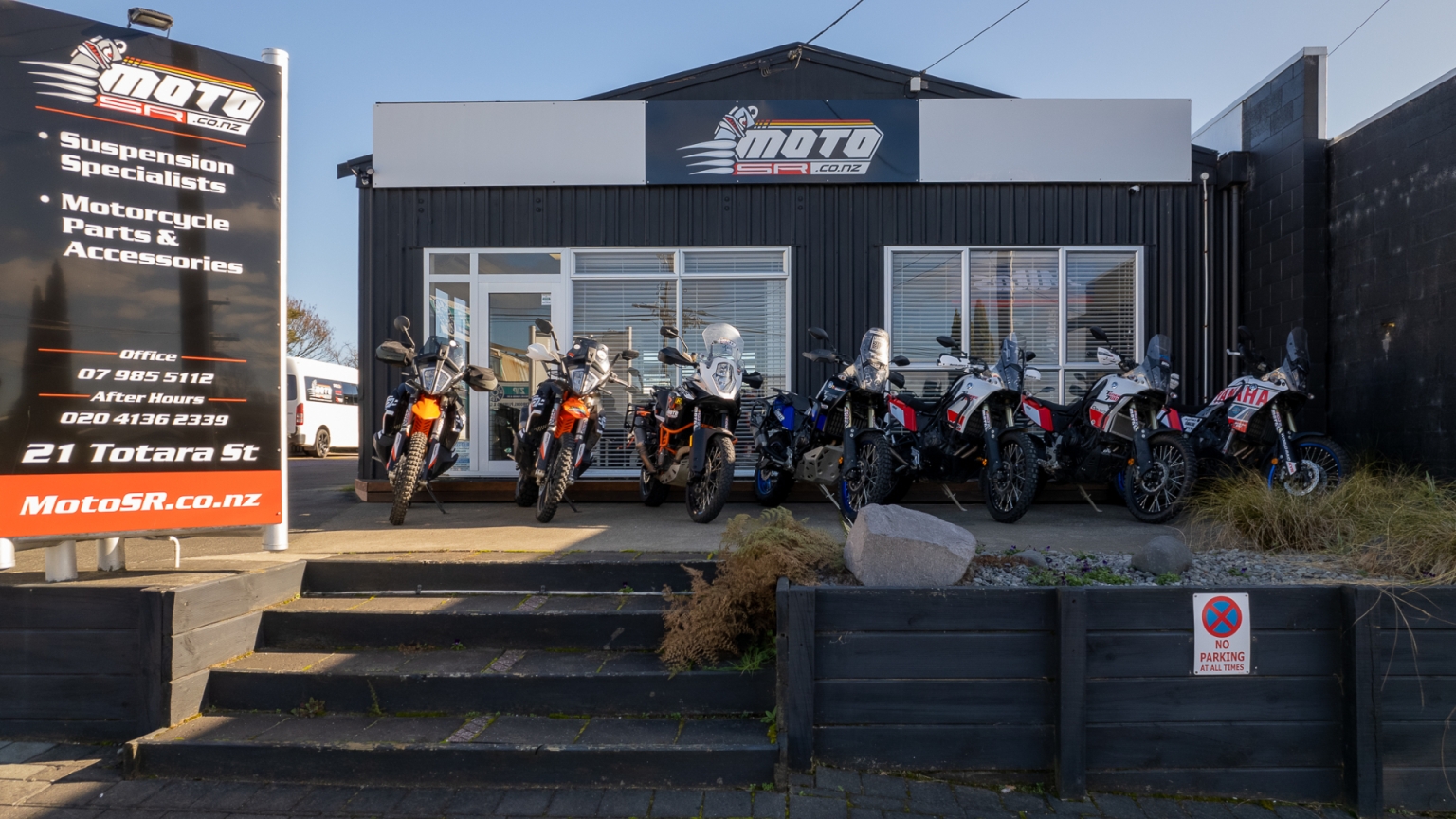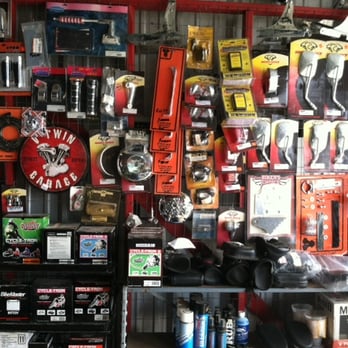Top MX Gear NZ: Gear Up for Your Next Off-Road Adventure
Top MX Gear NZ: Gear Up for Your Next Off-Road Adventure
Blog Article
A Detailed Take A Look At Motorbike Parts: What Every Rider Ought To Know
A comprehensive understanding of bike components is not simply valuable yet important for any biker aiming to take full advantage of performance and safety. Each component, from the engine's detailed operations to the integrity of brake systems, plays an essential role in the total experience and capability of the bike. However, beyond feeling in one's bones what these components do, it is necessary to appreciate how they sustain and communicate each other. This interconnectedness can make the difference between a smooth ride and unforeseen difficulties. What intricacies exist within this mechanical symphony that every biker should grasp?
Recognizing the Engine
The engine, commonly considered as the heart of a motorcycle, is an intricate setting up of elements that operate in consistency to convert gas into activity. At its core, the engine's main function entails the burning process, where air and fuel mix and spark within the cyndrical tubes, leading to regulated explosions that drive the pistons. These pistons relocate up and down, transforming chemical energy right into power, which ultimately turns the crankshaft, eventually powering the bike.

Comprehending the details of a motorcycle engine is critical for enthusiasts and cyclists alike. It not just supplies understanding right into how motorbikes accomplish their excellent power and rate but additionally aids in reliable maintenance and troubleshooting, ensuring long life and dependability when driving.
Suspension Equipments
While the engine powers the motorbike, the suspension system plays an essential function in making certain a controlled and smooth ride. The shock absorber is accountable for soaking up shocks from the roadway surface area, maintaining tire contact, and offering security throughout cornering and braking. It consists of 2 main parts: the front forks and the back shock absorbers.
Front forks are generally telescopic, dampening and consisting of a springtime mechanism. The spring presses and expands to soak up bumps, while the wetting system regulates the movement to stop extreme bouncing. This combination makes sure the front wheel remains in contact with the road, using remarkable handling and convenience.
The rear suspension, commonly a monoshock or twin-shock configuration, functions likewise to the front suspension yet is customized to sustain the bike's weight and cyclist - motorbike shop. It takes care of rear wheel movement, adding to the bike's total equilibrium and responsiveness
Suspension systems can be adjustable, allowing bikers to make improvements preload, compression, and rebound setups according to personal preferences and riding conditions. This adjustability improves performance by enhancing the motorcycle's communication with diverse terrains. In recap, a reliable shock absorber is vital for cyclist comfort, safety, and the motorbike's handling prowess.
Brake Parts
Quiting power is a basic facet of motorcycle safety and security, and it rests on the efficiency of the brake components. The primary aspects of a motorcycle's braking system consist of the brake pads, calipers, blades, and master cylinder. motocross gear. Each of these parts plays a critical duty in making certain reliable braking performance
Brake pads are necessary as they create the essential rubbing versus the rotors to decrease or quit the motorbike. Constructed from products such as sintered steel or natural compounds, the option of brake pad material substantially affects click site performance and long life. Calipers, housing the brake pads, use stress to the pads when the brake bar is involved, helping with contact with the blades.
The blades, commonly made from investigate this site stainless steel or cast iron, are installed to the wheels and serve as the surface against which the brake pads press. Their design, including size and thickness, affects warm dissipation and stopping power. The master cyndrical tube, attached to the brake bar, produces hydraulic stress transferred with brake lines to the calipers, ensuring regular stopping force.
Regular maintenance and examination of these parts are important for optimum efficiency, protecting against wear and ensuring cyclist safety when driving.
Tire Essentials
Beyond maintaining durable stopping systems, making sure optimum tire performance is equally significant for motorcycle security and effectiveness. Tires are the sole call factor between the bike and the road, making their problem pivotal in taking care of, stability, and general ride top quality.

Check the sidewall for the DOT (Department of Transport) code to ascertain the tire's age. Investing focus in these tire basics not only enhances performance yet additionally considerably enhances riding safety and security.
Electrical Equipments
In the realm of bike maintenance, the electrical system plays a crucial role in ensuring trustworthy performance and biker safety and security. This elaborate network includes crucial components such as the battery, generator, starter electric motor, and wiring harness. Each component is important for the seamless operation of the bike, from ignition to lights and interaction with numerous sensing units.
The battery acts as the heart of the electrical system, providing the required power to begin the engine and operate devices. On a regular basis inspecting the battery's voltage and terminals for corrosion is important to avoid unexpected failings. The alternator, on the other hand, reenergizes the battery while the engine is running, guaranteeing a continuous power supply.
To keep it, bikers ought to pay focus to any uncommon noises or troubles throughout startup. Making certain that the wires are complimentary and intact from damages is essential for stopping short circuits and making certain capability.
Final Thought

Stopping power is a fundamental facet of bike safety, and it pivots on the my company effectiveness of the brake parts. The primary components of a bike's braking system consist of the brake pads, calipers, blades, and master cyndrical tube.Brake pads are important as they produce the necessary friction against the rotors to slow down or stop the bike.Beyond keeping durable braking systems, ensuring ideal tire efficiency is just as significant for motorbike safety and security and efficiency.In the realm of motorbike maintenance, the electric system plays an essential duty in guaranteeing trusted performance and biker safety.
Report this page